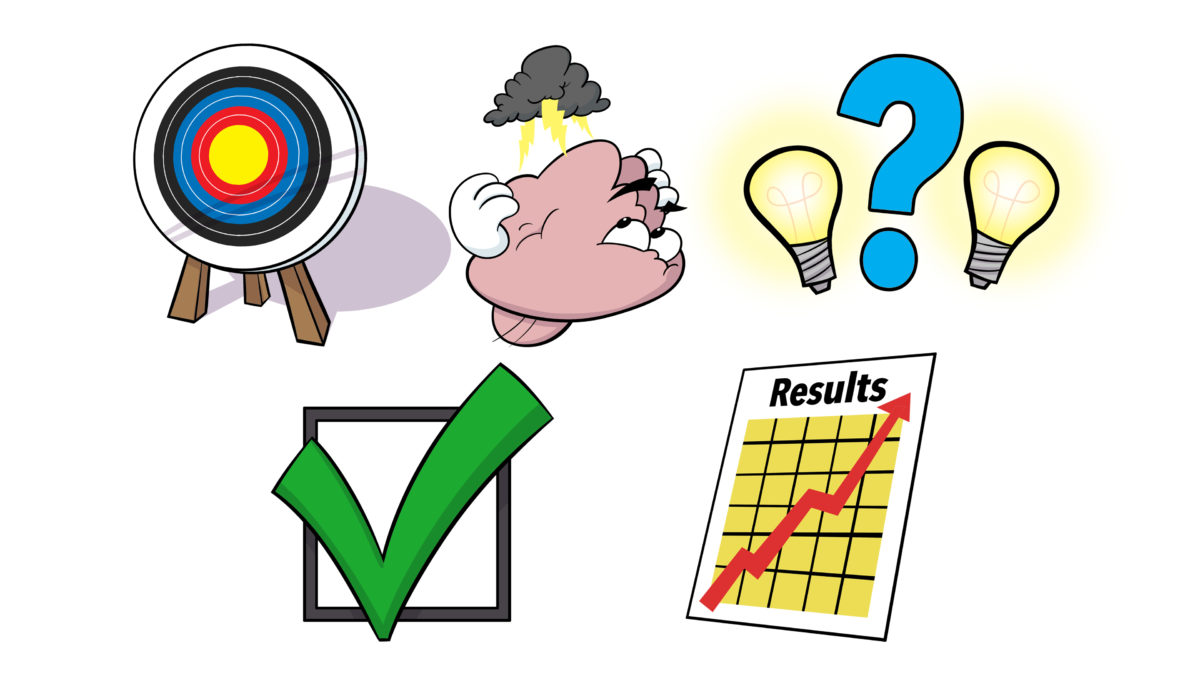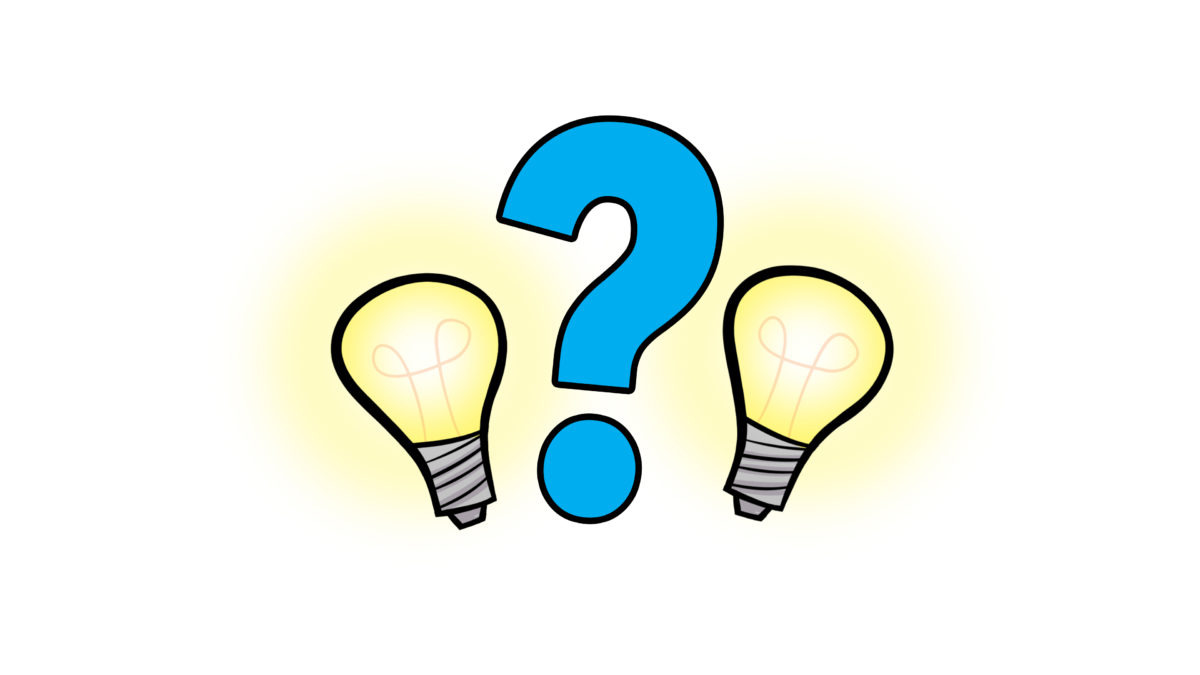Once you’ve identified a problem, taking action to solve it can change the situation and also change your attitude to a more positive one, giving you more confidence in your abilities.
Use the ABCDE Steps of Problem Solving to Seek Solutions

Aim—Identify the problem

Look at the situation with an open mind. The real problem might not be what first comes to mind. For example, you may think that the problem is simply that you are tired all the time, when the more basic difficulty is your belief that “no one can care for John like I can.” The real problem is thinking that you have to do everything yourself, which is leading to you feeling rundown and tired.
Brainstorm—List possible solutions

Use other resources. Ask friends, family members and professionals for suggestions. Also, try to look at the problem from a different perspective. For example, you might look at the problem above and identify that, “Even though someone else provides help to John in a different way than I do, it can be just as good.” This may result in you asking a friend to help, or asking about agencies in your area that could help provide care.
Choose & Do It—Select a solution and try it out
Pick a solution, and see how it works!
Evaluate—Evaluate the results

Ask yourself how well your choice worked.
If your solution didn’t work, think about the reason that it didn’t work. Consider if you need to make some minor adjustments to your solution or if you should try a different solution.
Give it time
Concentrate on keeping an open mind while listing and experimenting with possible solutions. If nothing seems to help, accept that the problem may not be solvable now. You can revisit it at another time.



